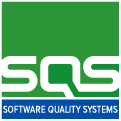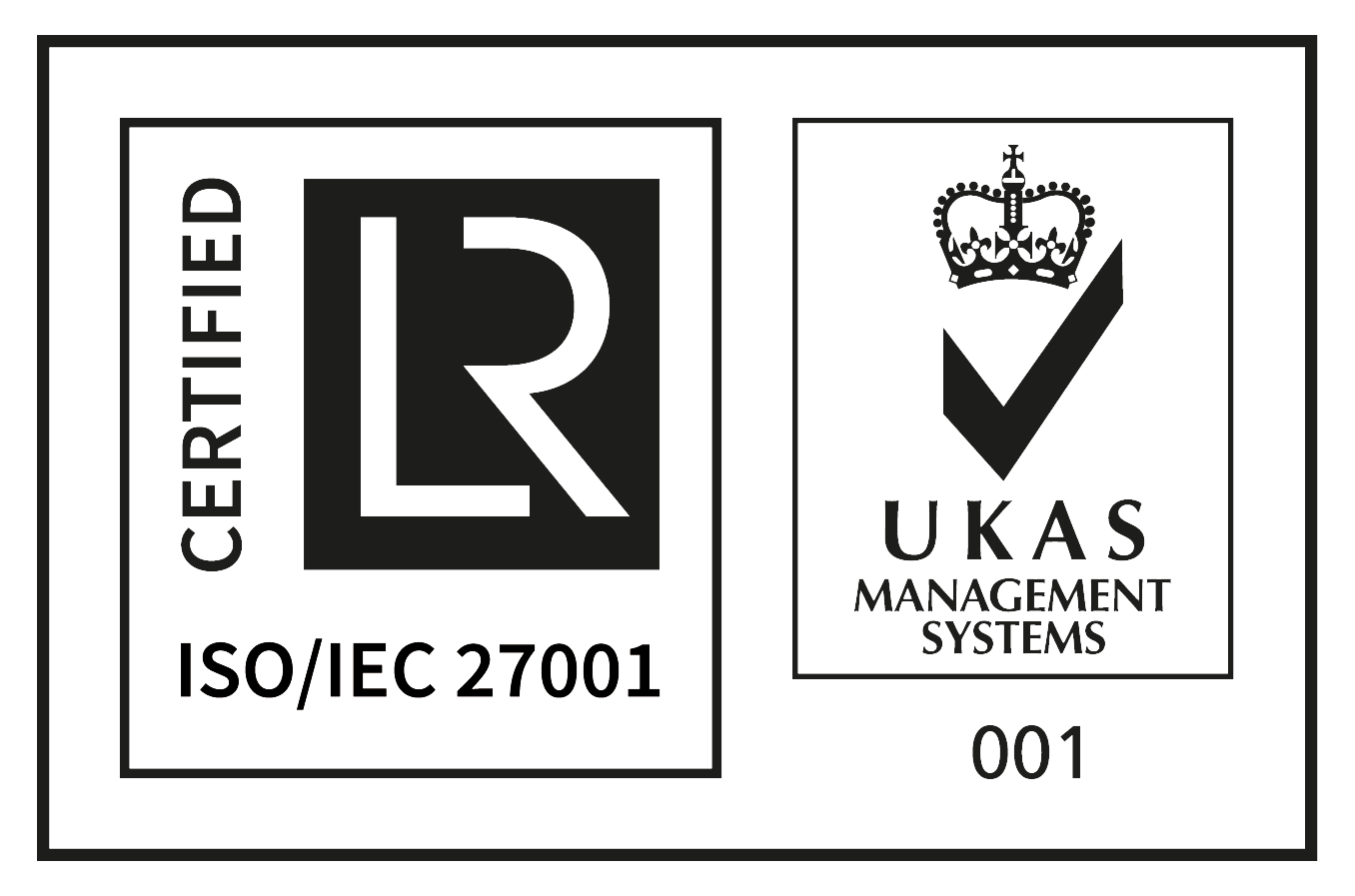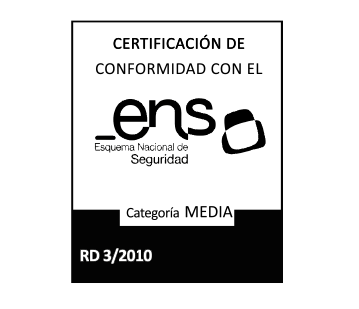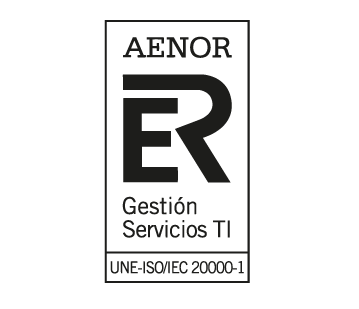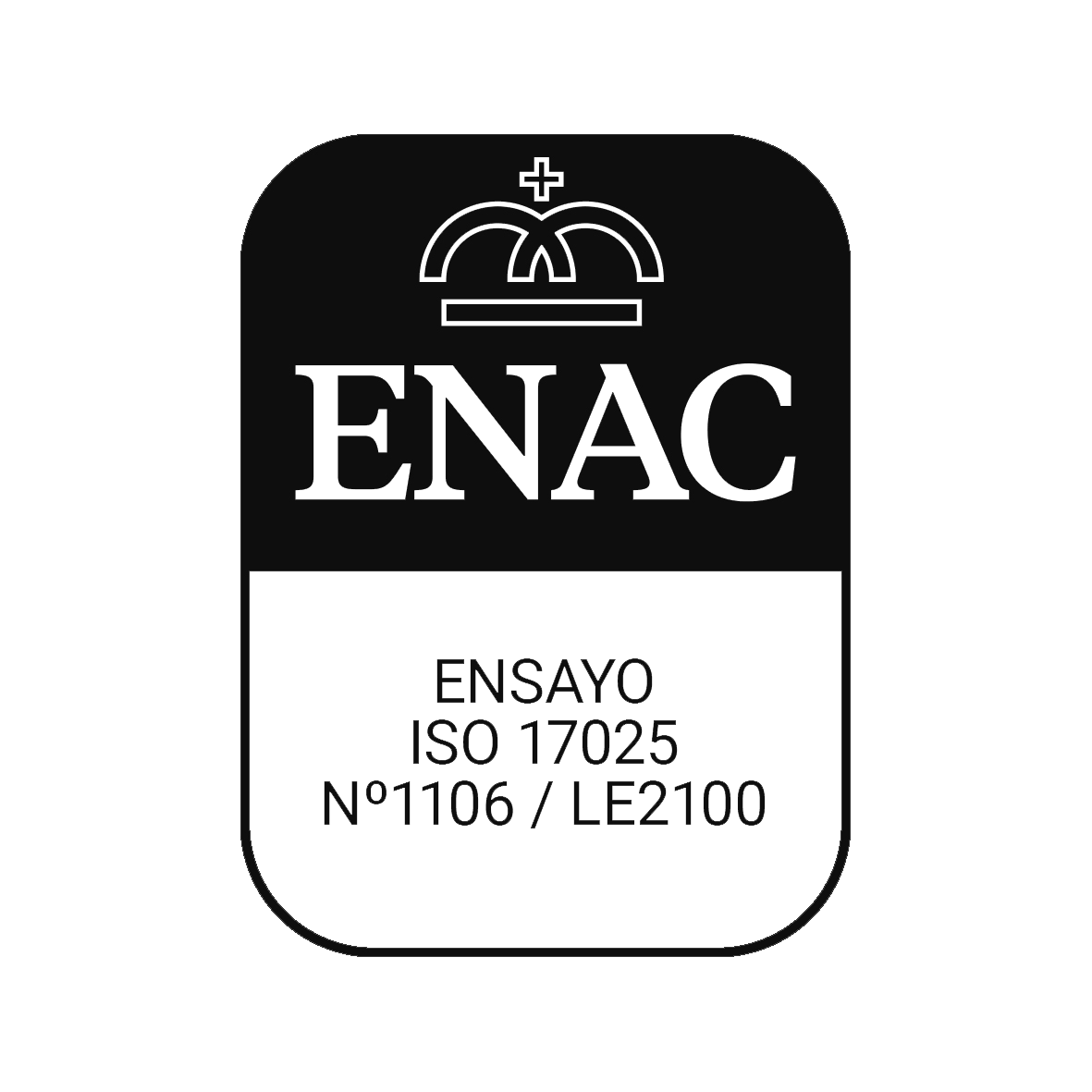Quality Assurance in Computer Systems (CSA). FDA Guide
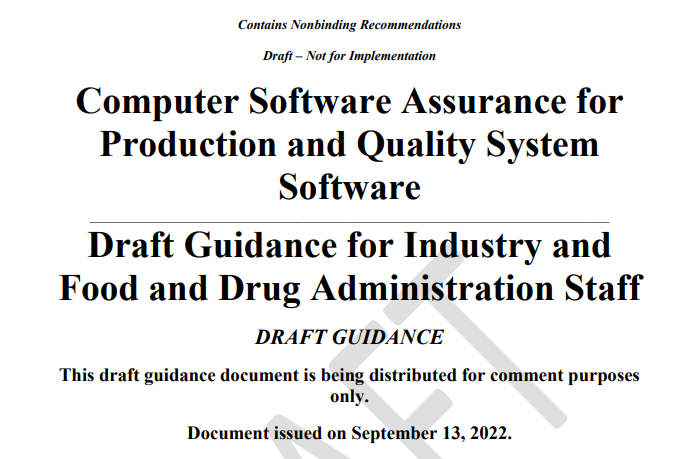
The Computer Software Assurance (CSA) guidance represents FDA’s renewed, modern approach to software validation, specifically designed for production software and quality systems in the pharmaceutical and medical device industries. This approach replaces older practices known as Computer System Validation (CSV) with a method that emphasizes risk-based analysis, efficiency, and adaptability.
CSA Fundamental Principles
The core of CSA lies in its emphasis on a risk-based approach. Companies are incentivized to evaluate and prioritize their validation and documentation activities based on the level of risk posed by a potential software failure, especially those that could impact patient safety or compromise product quality. This risk assessment then dictates the intensity of assurance activities required, allowing for more effective use of resources by focusing attention on the areas of greatest importance.
Along with risk assessment, CSA advocates for a significant reduction in the documentary burden associated with software validation. Unlike the traditional Computerized Systems Validation (CSV) approach, which often resulted in extensive and sometimes redundant documentation, CSA allows organizations to simplify their processes. This not only streamlines software development and deployment but also potentially reduces barriers to technological innovation. Additionally, CSA places a strong emphasis on critical thinking, encouraging a more reflective and less prescriptive approach to software validation.
This paradigmatic shift encourages teams to use their experience and technical knowledge to more effectively identify and mitigate risks, rather than relying exclusively on rigid validation processes and extensive documentation. By promoting a mindset that values agility and adaptability, CSA seeks to equip companies with the tools necessary to quickly respond to technological advances and changes in the regulatory environment, always maintaining patient safety and product quality in foreground.
CSA Implementation
A critical part of CSA implementation is choosing appropriate assurance activities. Depending on the risk analysis performed, companies may opt for unguided testing, such as ad-hoc or exploratory testing, which allows developers and testers to exercise their judgment and experience without strictly adhering to a predefined script. This type of testing favors a more natural and flexible exploration of the software, allowing failures to be identified in a more intuitive way and based on in-depth knowledge of the system. Additionally, establishing proper records is essential in the CSA process.
Although this approach allows for a reduction in the documentation required, it is still required to maintain a detailed record of the assurance activities performed. These records must clearly reflect the intended use of the software, the risk assessment performed, the testing and assurance activities carried out, as well as the results and conclusions of these activities. Proper documentation is crucial to demonstrate compliance with regulatory requirements and to ensure traceability of decisions made during the software assurance process.
CSA Benefits
One of the most notable benefits of CSA is the notable improvement in operational efficiency. This approach reduces the time and effort spent on software validation by focusing on identifying and mitigating specific risks, rather than following generalized and extensively documented validation procedures. This efficiency allows companies to accelerate the innovation process, facilitating the adoption of new technologies and remaining competitive in a rapidly evolving market.
Additionally, CSA offers companies the ability to customize their software assurance processes. By relying on a risk analysis, organizations can adapt their validation activities to the specific characteristics of their systems and applications, optimizing resources and concentrating efforts where they are really needed. This tailored approach is not only more efficient, but can also result in more effective and relevant validation.
Finally, the application of CSA has a direct impact on improving product quality and safety. By focusing on the risks that really matter to patient safety and product effectiveness, companies can more effectively ensure that their systems and applications meet required standards. This quality-focused approach helps minimize errors and improves the confidence of both regulators and end users in the products offered.
In summary, the FDA’s CSA guidance marks a significant change in the way companies in the medical device sector and pharmaceutical laboratories approach the validation of software that belongs to the production chain or quality management system. By taking a risk-based approach and focusing on critical thinking, CSA offers a more efficient and adaptable framework for software assurance, facilitating innovation and improving product safety and quality.
Contact an expert
If you want to know more about the topic or have any other type of question, do not hesitate, contact us.
Related sectors
Request more information
Síguenos
Aviso Legal | Política de Cookies | Contacto
© 2025 Software Quality Systems S.A. | SQS is a member company of Innovalia
